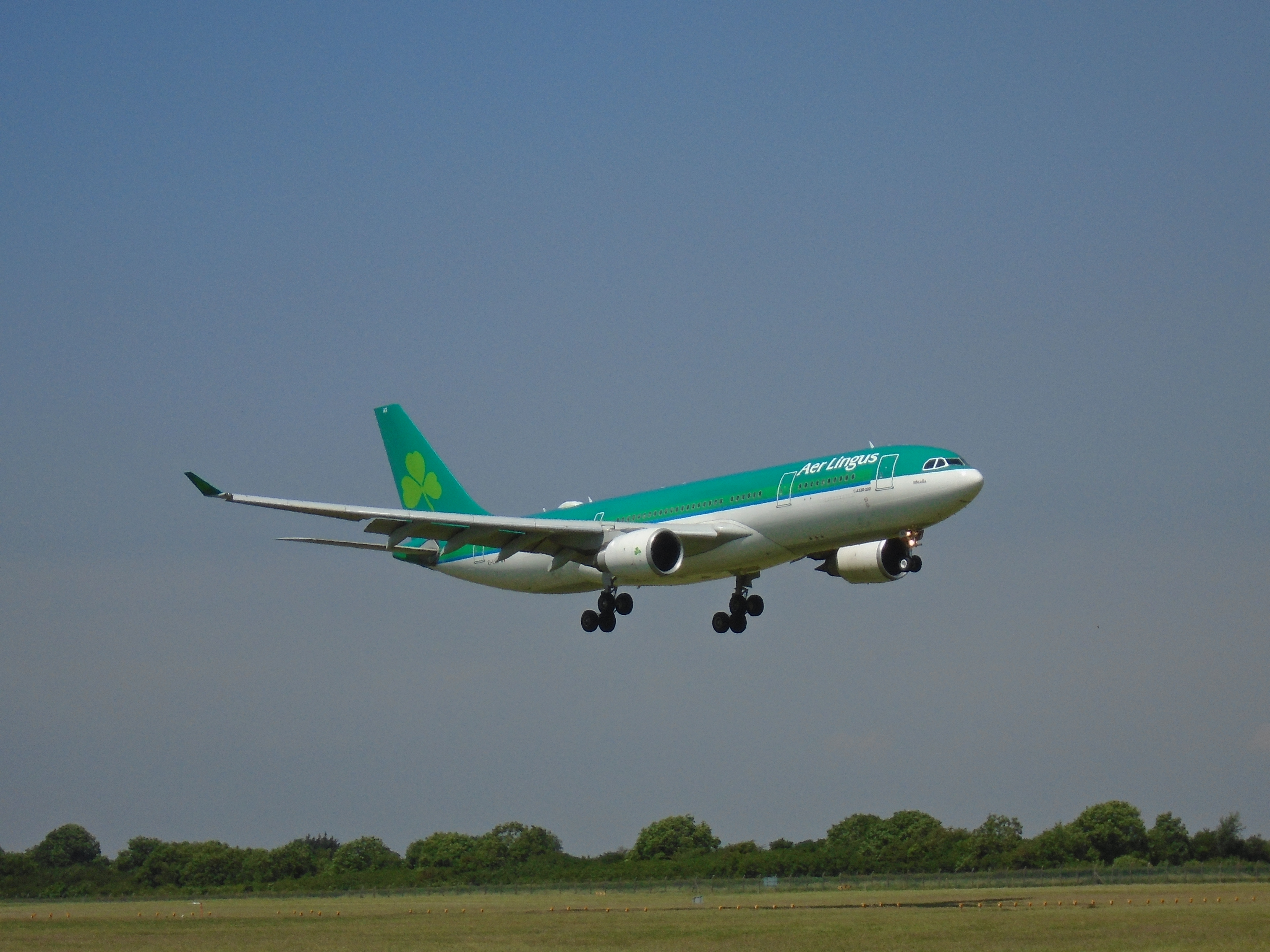




08 Aug 2023
The Ultimate Step-by-Step Guide to Investing in Aviation: A Lucrative Opportunity for Savvy Investors
Introduction to aviation investment
Investing in the aviation industry has long been recognised as a lucrative opportunity for savvy investors. As the demand for air travel continues to rise, so does the need for aircraft assets.
This article will serve as your ultimate guide to aviation investments, providing you with a step-by-step approach to navigate this exciting market. Whether you're a seasoned investor or new to the world of aviation investment, this guide will equip you with the knowledge and tools needed to make informed decisions and maximise your returns.
Benefits of investing in aircraft assets
Investing in aircraft assets offers a range of benefits that make it an attractive option for investors. Firstly, the aviation industry has shown consistent growth over the years, making it a stable and reliable investment. As more people choose air travel for both business and leisure, the demand for aircraft continues to soar. This translates to a steady stream of income for aircraft owners and investors.
Furthermore, aircraft assets have the potential for high returns on investment. Unlike traditional investments such as stocks or real estate, aircraft assets have the ability to generate substantial income through lease agreements. By leasing your aircraft to reputable airlines or private charters, you can enjoy a steady cash flow that often surpasses other investment opportunities.
Additionally, investing in aircraft assets provides diversification to your investment portfolio. By spreading your investments across various industries, you can mitigate risks and increase the likelihood of positive returns. The aviation industry offers a unique opportunity for diversification, allowing you to explore a sector that is not directly correlated to traditional markets.
Risks of aviation investment
Like any investment, aviation investment comes with its fair share of risks. It is important to be aware of these risks and take appropriate measures to mitigate them. One of the primary risks associated with aviation investment is the volatility of the industry. Factors such as fluctuating fuel prices, economic downturns, and geopolitical events can significantly impact the profitability of aircraft assets.
Another risk to consider is the potential for aircraft obsolescence. In a rapidly evolving industry, new technologies and aircraft models are constantly emerging. It is crucial to stay informed and update your fleet accordingly to remain competitive and attract lessees. Failure to adapt to market demands can result in a decline in asset value and difficulty in finding lessees.
Moreover, regulatory and legal challenges can pose a risk to aviation investment. Compliance with safety regulations, maintenance requirements, and lease agreements can be complex and costly. It is essential to have a thorough understanding of the legal framework and industry standards to ensure smooth operations and avoid legal disputes.
Types of aviation investment
Aviation investment offers a range of options to suit different investor preferences and risk appetites. The primary types of aviation investment include direct ownership, fractional ownership, and investment in aviation funds.
Direct ownership involves purchasing an aircraft outright and assuming full ownership responsibilities. This option provides complete control over the asset and allows you to negotiate lease agreements directly with lessees. However, it also entails significant upfront costs, maintenance expenses, and administrative duties.
Fractional ownership allows investors to own a fraction of an aircraft, typically through a shared ownership program. This option provides access to private aviation benefits without the financial burden of sole ownership. Fractional owners enjoy the flexibility of using the aircraft for their personal travel needs while receiving income from other owners' usage.
Investment in aviation funds involves pooling capital with other investors to invest in a diversified portfolio of aircraft assets. This option provides a passive investment approach, allowing investors to benefit from professional management and expertise. Aviation funds offer the advantage of spreading risk across multiple assets, but returns may vary based on the fund's performance.
Step-by-step guide to investing in aviation
Researching potential aircraft investments
Before diving into the world of aviation investment, thorough research is crucial. Start by understanding the current market trends, industry forecasts, and the demand for different types of aircraft. Analyse the performance of airlines and charter companies to identify potential lessees and gauge the profitability of different aircraft models.
Next, investigate the regulatory landscape and safety requirements. Familiarise yourself with the necessary certifications, maintenance schedules, and compliance procedures. This will help you make informed decisions and ensure the smooth operation of your aircraft investment.
Evaluating aircraft assets for investment
Once you have identified potential aircraft investments, it is essential to conduct a thorough evaluation. Assess the condition of the aircraft, its maintenance history, and any major repairs or modifications that may be required. Engage the services of a trusted aircraft appraiser to determine the fair market value and potential resale value of the asset.
Consider the operating costs associated with the aircraft, including fuel, insurance, maintenance, and storage. These expenses will impact your overall profitability and should be carefully evaluated before making a final investment decision.
Financing options for aviation investment
Aviation investment often requires significant capital, and financing options are available to ease the financial burden. Traditional lenders, such as banks and financial institutions, offer aircraft financing solutions tailored to the specific needs of investors. These loans typically require a down payment and collateral to secure the loan.
Alternatively, leasing options can provide a more flexible financing solution. Lease agreements allow you to acquire an aircraft without the need for a substantial upfront investment. However, it is important to carefully review the terms and conditions of the lease agreement to ensure they align with your investment goals and financial capabilities.
Managing and maintaining your aircraft investment
Once you have made your investment, effective management and maintenance are crucial to maximise returns and protect your asset. Engage the services of a reputable aircraft management company to handle the day-to-day operations, including maintenance, crewing, and scheduling. This will ensure your asset remains in optimal condition and is available for lease whenever needed.
Regular maintenance and inspections are vital to comply with safety regulations and maintain the value of your aircraft. Develop a comprehensive maintenance plan and adhere to the manufacturer's recommended maintenance schedule. This will enhance the longevity of your investment and minimise unexpected expenses.
Aviation investment companies and services
For investors seeking professional guidance and support, various aviation investment companies and services are available. These companies specialise in aircraft investment and can provide expert advice on market trends, aircraft selection, financing options, and asset management. They offer a range of services, including aircraft sourcing, due diligence, lease negotiation, and ongoing portfolio management.
When selecting an aviation investment company, consider their track record, industry experience, and the level of personalised service they offer. It is important to work with a company that aligns with your investment objectives and has a proven track record of success in the aviation industry.
Let’s sum up
Investing in aviation presents a unique opportunity for savvy investors to diversify their portfolios and tap into a growing industry. By understanding the benefits and risks of aviation investment, conducting thorough research, and following a step-by-step approach, you can make informed decisions and maximise your returns.
Whether you choose to invest directly, opt for fractional ownership, or explore aviation funds, the key to success lies in careful evaluation, effective management, and staying abreast of industry trends. With the right knowledge and guidance, you can navigate the world of aviation investment and unlock its lucrative potential.





